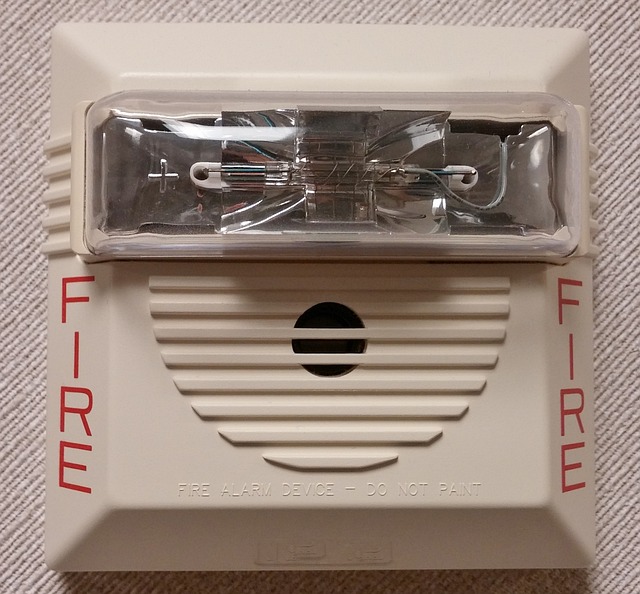In the landscape of modern entertainment consumption, Internet Protocol Television (IPTV) stands as a testament to the transformative power of technology. From its inception to its current ubiquity, the evolution of iptv has reshaped how we access and interact with multimedia content, revolutionizing the way we watch television. Let’s embark on a journey through the evolution of IPTV technology, tracing its remarkable advancements and pivotal milestones.
Emergence of IPTV

The roots of IPTV can be traced back to the late 1990s when internet technology began to converge with television broadcasting. IPTV emerged as a novel concept that leveraged internet protocols to deliver television content over IP networks, offering viewers an alternative to traditional broadcast and cable TV services.
Early Adopters and Innovators
In the early 2000s, pioneering companies and service providers began experimenting with IPTV technology, laying the groundwork for its widespread adoption. These early adopters introduced innovative services and platforms that showcased the potential of IPTV, paving the way for its evolution into a mainstream entertainment solution.
Expansion of IPTV Services
Throughout the 2000s and early 2010s, IPTV services experienced significant growth and expansion, fueled by advancements in broadband infrastructure and the proliferation of high-speed internet connectivity. Telecommunication companies, media conglomerates, and technology firms invested heavily in IPTV deployments, offering subscribers a diverse range of content options and features.
Convergence With Smart TV Technology

The convergence of IPTV with Smart TV technology marked a significant milestone in its evolution, enabling seamless integration of internet-based television services into television sets. Smart TVs equipped with built-in internet connectivity and IPTV capabilities empowered users to access streaming services, live TV channels, and on-demand content directly through their television sets, eliminating the need for external devices or set-top boxes.
Rise of Over-the-Top (OTT) Streaming
The rise of Over-the-Top (OTT) streaming services further propelled the evolution of IPTV, offering subscribers a plethora of on-demand content options accessible via the internet. OTT platforms such as Netflix, Hulu, and Amazon Prime Video revolutionized the way we consume television content, challenging traditional TV broadcasters and reshaping the entertainment landscape.
Integration With Cloud and On-Demand Technologies
With the advent of cloud computing and on-demand technologies, IPTV services evolved to offer enhanced flexibility, scalability, and personalization. Cloud-based IPTV platforms and services leverage cloud infrastructure to deliver seamless streaming experiences, dynamic content delivery, and advanced features such as time-shifted viewing, personalized recommendations, and multi-screen access.
Transition to IPTV 2.0

Today, we stand at the cusp of IPTV 2.0, where advancements in technology, content delivery, and user experience continue to redefine the possibilities of internet-based television. From Ultra High Definition (UHD) and 4K streaming to immersive Virtual Reality (VR) and Augmented Reality (AR) experiences, IPTV 2.0 promises to deliver unparalleled entertainment options and immersive viewing experiences to audiences worldwide.
In conclusion, the evolution of IPTV technology has been nothing short of extraordinary, reshaping the way we consume television content and redefining the boundaries of entertainment innovation. From its humble beginnings to its current state of ubiquity, IPTV continues to push the envelope of what’s possible in the realm of digital entertainment, promising a future filled with endless possibilities and immersive viewing experiences for generations to come.…



 Smart technology has significantly improved the detection capabilities of fire alarm systems. Traditional systems rely on standard smoke and heat detectors placed at fixed locations. However, smart fire alarm systems utilize advanced sensors, including flame detectors, air sampling detectors, and multi-criteria detectors, which use different technologies for early and accurate fire detection.
Smart technology has significantly improved the detection capabilities of fire alarm systems. Traditional systems rely on standard smoke and heat detectors placed at fixed locations. However, smart fire alarm systems utilize advanced sensors, including flame detectors, air sampling detectors, and multi-criteria detectors, which use different technologies for early and accurate fire detection. Smart fire alarm systems utilize self-diagnostic capabilities and predictive maintenance features to ensure optimal performance. These systems continuously monitor their health and functionality, detecting faults or malfunctions in real-time. Facility managers or technicians receive instant notifications about any issues and can take proactive measures to rectify the problems before they compromise system integrity. Smart technology has revolutionized fire alarm systems, enhancing their capabilities to detect fires early, provide real-time monitoring and notifications, integrate with building automation systems, and enable predictive maintenance. These advancements not only improve the effectiveness and reliability of fire alarm systems but also enhance overall safety by facilitating faster response times, reducing false alarms, and optimizing emergency management.…
Smart fire alarm systems utilize self-diagnostic capabilities and predictive maintenance features to ensure optimal performance. These systems continuously monitor their health and functionality, detecting faults or malfunctions in real-time. Facility managers or technicians receive instant notifications about any issues and can take proactive measures to rectify the problems before they compromise system integrity. Smart technology has revolutionized fire alarm systems, enhancing their capabilities to detect fires early, provide real-time monitoring and notifications, integrate with building automation systems, and enable predictive maintenance. These advancements not only improve the effectiveness and reliability of fire alarm systems but also enhance overall safety by facilitating faster response times, reducing false alarms, and optimizing emergency management.…